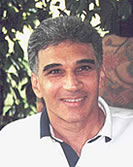Did you know that club players, juniors and amateurs instinctively think the opposite from the top players in the world? This contrast exists to such an extent that there is a huge gap between the body of knowledge being taught on a lower level and the body of knowledge being taught on a higher professional level. I call this gap the Great Tennis Divide.
The club player is constantly bombarded with paralyzing principles of how to think, how to learn, and how to play. The so-called conventional methods of learning encourage and support this faulty thinking. Everything is backward. The top players in the world learn, think and play spontaneously, intuitively, using their own style and feel.
As an example of some backwards training, we'll look at an incident involving a promising young player and his "conventional" father. I am at a tournament watching a junior that I coach play a match. His father was sitting next to the court and I was watching on the other side. The child began by playing badly, hitting shots that were inconsistent. At times he would hit the ball too hard and miss. He lost the first set, 0-6. The father got up and came over to me grumbling, "Who does he think he is hitting so hard like a pro? I have told him a million times to be consistent and not hit so hard."
I assured him that it was the first set and his son seemed to be trying to establish his timing. I told the dad to be patient and let the boy find his own way, but he continued to grumble. I, on the other hand, was more interested in what the child would do next. Would he keep fighting and try to get himself back into the match or would he quit?
The answer came quickly in the next set as he settled down and won it. Way to go! He kept fighting throughout the match and lost in a tough third set tiebreaker. Bravo! I told his father that I thought his son was brilliant to not fold up and quit after that poor first set. He applied the principles of "the next shot is more important than the last mistake" and turned it into "the next set is more important than the last set."
His father still harped on the first set, whining that his son could have done better if he would have done this or that. I told him the incredible mental attitude his son displayed was much more important than those other factors. I don't think the father ever believed me!
Can you see the problem? Under the father's guidance, the junior player is inadvertently being taught to try to be perfect and to play perfectly to win. The perfect strategy with the perfect form equals the perfect game and a win. Unfortunately, if he ever does develop into a pro he will have to unlearn all of this "perfect" nonsense. The top players simply do not think that way. They are not trying to play perfect!
In Andre Agassi's autobiography "Open" (2009, sixth printing, pages 186, 187), Brad Gilbert, Agassi's future coach, told Agassi that his problem was that he tried to be too perfect. Brad said, "When you chase perfection, when you make perfection the ultimate goal, do you know what you're doing? You're chasing something that doesn't exist. You're making everyone around you miserable. You're making yourself miserable. Perfection? There's about five times a year you wake up perfect, when you can't lose to anybody, but it's not those five times a year that make a tennis player. Or a human being, for that matter. It's the other times. It's all about your head, man."
So there you have it. The body of knowledge that the club players and juniors are exposed to is to learn the perfect stroke with the perfect strategy and the perfect court position to win. Meanwhile the best in the world are not trying to be so perfect so they can win. The Great Tennis Divide!
The top players are accessing a body of knowledge that rarely, if ever, crosses the divide to reach those on the lower levels. Why is this? I think Benjamin Franklin said it best: "You will observe with concern how long a useful truth may be known and exist, before it is generally received and practiced on."
Because of the quick-fix mentality and the frantic search for the perfect stroke and game, the Great Tennis Divide is wider than ever. You must stay alert, stay positive and do not fall prey to any philosophy or teaching method that is not compatible with becoming a Tennis Warrior. You must learn to think the opposite of most players. In other words, think like a pro.


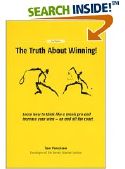
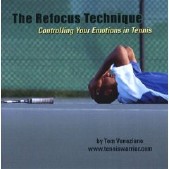
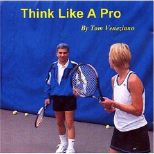
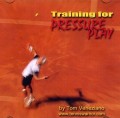



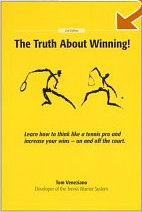
 You will join 13,000 other subscribers in receiving news of updates to the Tennis Server along with monthly tennis tips from tennis pro Tom Veneziano.
You will join 13,000 other subscribers in receiving news of updates to the Tennis Server along with monthly tennis tips from tennis pro Tom Veneziano. 